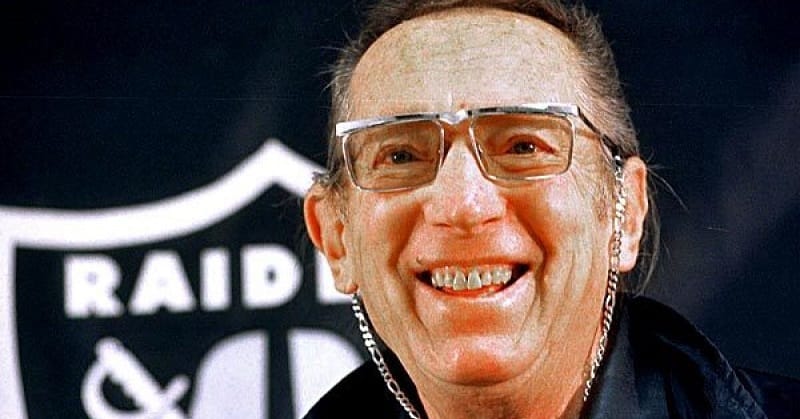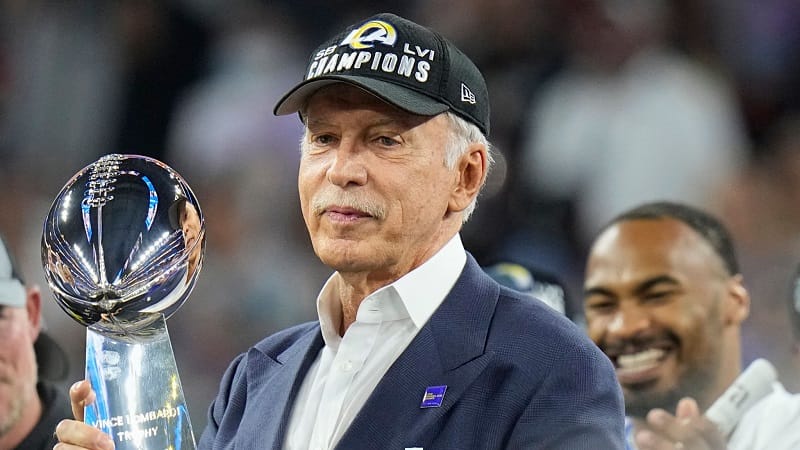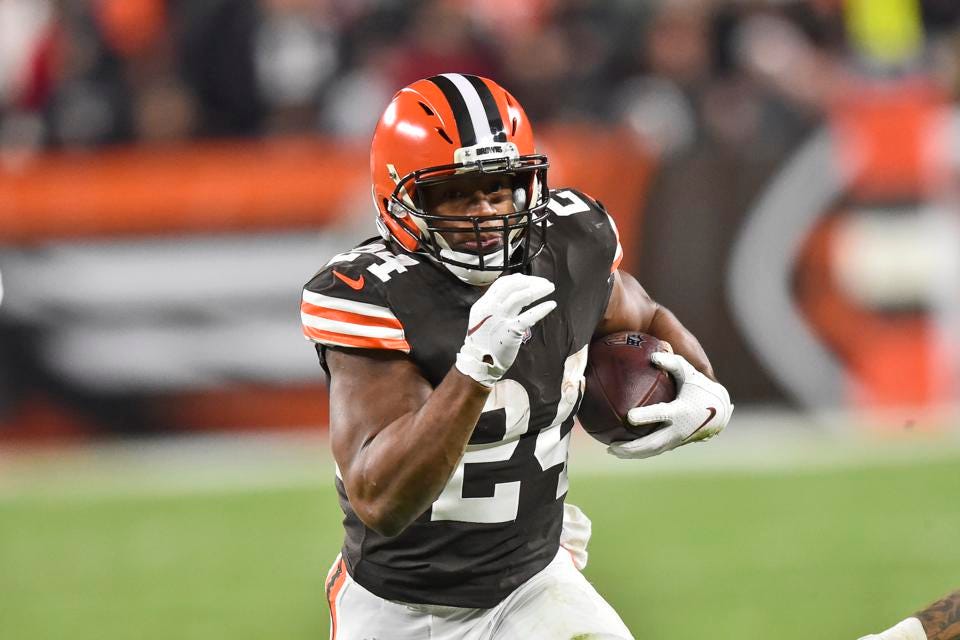
The Buffalo Bills were once rumored to possibly be relocated to Toronto. While the plan to take the NFL to Canada never materialized, football fans in Buffalo, who haven’t been deadened by the heartbreak of last season’s playoff last, can take solace in the fact their franchise won’t be going anywhere for a while. The Bills, the state of New York, and Erie County reached a deal to build a $1.4 billion new facility to replace the aging Highmark Stadium.
Much like anyone searching for sports betting information, news of new stadiums can hit everyone differently. Many sports fans enjoy all the bells and whistles that come with new facilities. However, there is always the question of how much taxpayers should be footing the bill to not reap the rewards of providing so much money into a facility for professional sports. Here’s a look at the stories of some other venues and the costs that went along with them.
ADVERTISEMENT
Kroenke thumbs nose at St. Louis builds own stadium
The St. Louis Rams’ lease agreement with the city required for the Edward Jones Dome to be in the top quartile of all NFL stadiums and be measured in 10-year intervals. Trouble started for St. Louis following 2010 renovations didn’t impress the franchise and grumbling started about how to make things better. Rams owner Stan Kroenke would eventually buy 60 acres of land in Inglewood, Calif.
Kroenke would end up moving the Rams from St. Louis and building one of the only privately-funded stadiums in the United States. Kroenke would end up raising $5 billion to build what is now SoFi Stadium on the land. SoFi Stadium, which hosted the Rams’ victory in Super Bowl LVII, is also now home to the Los Angeles Chargers.

Not the Mayflower you are thinking of
The Colts started to feud with the city of Baltimore long before the team decided to up and move in 1984. Baltimore first started playing in Memorial Stadium in 1953. In 1969, the city of Baltimore decided it was going to raise the rental fees for the venue, which greatly agitated owner Carroll Rosenbloom, who felt the stadium was already antiquated.
But it was Rosenbloom’s predecessor, Robert Irsay, who took over ownership in1972 when he essentially swapped the Rams’ ownership for the Colts, who really took the fight to the next level. Irsay started to shop the team to different markets soon after. The Colts considered moving to Phoenix, Indianapolis, Jacksonville, Memphis, and Birmingham. What Irsay was looking for was a place that would provide a better deal for a stadium that could lead to more revenue.
ADVERTISEMENT
In March of 1984, Indianapolis was chosen as the site. Once the Colts decided to leave Baltimore, Irsay feared the city may impound the property and attempt to keep the Colts in Baltimore. The team would hire Mayflower Trucks to move the team in the middle of the night.
The NFL wouldn’t return to Baltimore until 1996 when the Cleveland Browns up and moved to Baltimore.

Raiders have a fun history of stadium drama
Al Davis and his son, Mark, were always down for outside-the-box thinking when it came to building stadiums. At one point, Al Davis had commissioned a practice field in Oxnard, Calif., that local government officials agreed to rent for him for $1 a year. The business deal ended up costing the city millions.
The Davis family ended up moving the Raiders several times due to teams not providing the number of amenities Davis felt were necessary to keep the Oakland/Los Angeles Raiders competitive with their counterparts. When the Raiders moved to Allegiant Stadium in Las Vegas, it was a first-class facility designated specifically with them in mind.
In Oakland, the Raiders had to share the Oakland Coliseum with the Major League Baseball’s A’s. In Los Angeles, the Raiders had to share the LA Coliseum with the USC Trojans. However, Mark Davis didn’t have the money to finance a new stadium on his own.
Las Vegas ended up footing 38 percent of the bill for the new stadium. The total cost to build the stadium was $1.97 billion, while $750 million of that money came from the public.
ADVERTISEMENT
ADVERTISEMENT











